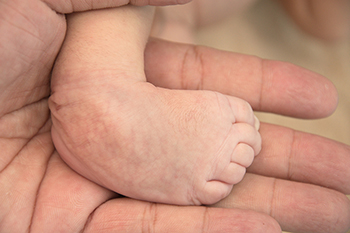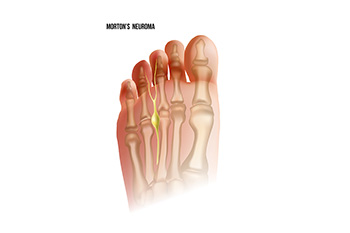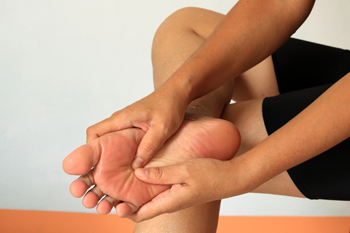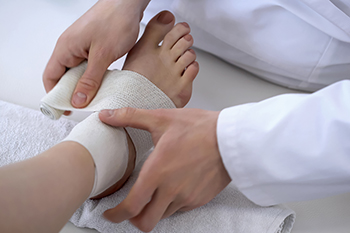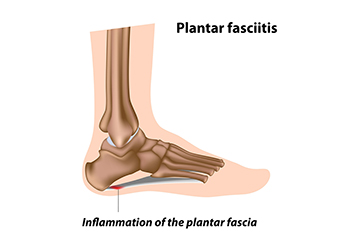 Plantar fasciitis is one of the leading foot conditions among Americans causing heel pain. The condition is characterized by the aggravation of the plantar fascia. Depending on your particular case of plantar fasciitis, a medical professional might recommend that you perform any number of stretches to mitigate the pain. For example, a medical professional, such as a podiatrist, might recommend that to combat plantar fasciitis, you can perform toe extensions. This stretch can be performed by putting the affected foot behind the other in a standing position. Then, contract the calf muscles and lift the back heel to essentially extend the toes. If you are someone that is living with plantar fasciitis, it is suggested that you contact a podiatrist today for an exam and treatment options.
Plantar fasciitis is one of the leading foot conditions among Americans causing heel pain. The condition is characterized by the aggravation of the plantar fascia. Depending on your particular case of plantar fasciitis, a medical professional might recommend that you perform any number of stretches to mitigate the pain. For example, a medical professional, such as a podiatrist, might recommend that to combat plantar fasciitis, you can perform toe extensions. This stretch can be performed by putting the affected foot behind the other in a standing position. Then, contract the calf muscles and lift the back heel to essentially extend the toes. If you are someone that is living with plantar fasciitis, it is suggested that you contact a podiatrist today for an exam and treatment options.
Plantar fasciitis can be very painful and inconvenient. If you are experiencing heel pain or symptoms of plantar fasciitis, contact one of our podiatrists from Comprehensive Foot & Ankle Center of South Jersey. Our doctors can provide the care you need to keep you pain-free and on your feet.
What Is Plantar Fasciitis?
Plantar fasciitis is the inflammation of the thick band of tissue that runs along the bottom of your foot, known as the plantar fascia, and causes mild to severe heel pain.
What Causes Plantar Fasciitis?
- Excessive running
- Non-supportive shoes
- Overpronation
- Repeated stretching and tearing of the plantar fascia
How Can It Be Treated?
- Conservative measures – anti-inflammatories, ice packs, stretching exercises, physical therapy, orthotic devices
- Shockwave therapy – sound waves are sent to the affected area to facilitate healing and are usually used for chronic cases of plantar fasciitis
- Surgery – usually only used as a last resort when all else fails. The plantar fascia can be surgically detached from the heel
While very treatable, plantar fasciitis is definitely not something that should be ignored. Especially in severe cases, speaking to your doctor right away is highly recommended to avoid complications and severe heel pain. Your podiatrist can work with you to provide the appropriate treatment options tailored to your condition.
If you have any questions please feel free to contact our offices located in Cherry Hill, Voorhees, Atco, and Turnersville, NJ . We offer the newest diagnostic and treatment technologies for all your foot and ankle needs.
